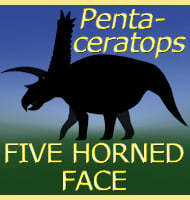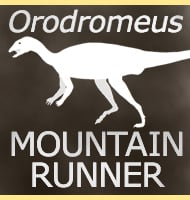Pentaceratops
In Depth Pentaceratops is one of the better known ceratopsian dinosaurs, yet some people still mistakingly think that it have five horns, based upon the literal translation of its name. In actual fact the nasal and brow (over the eye) horns make up number one to three, with horns four and five actually being the … Read more


